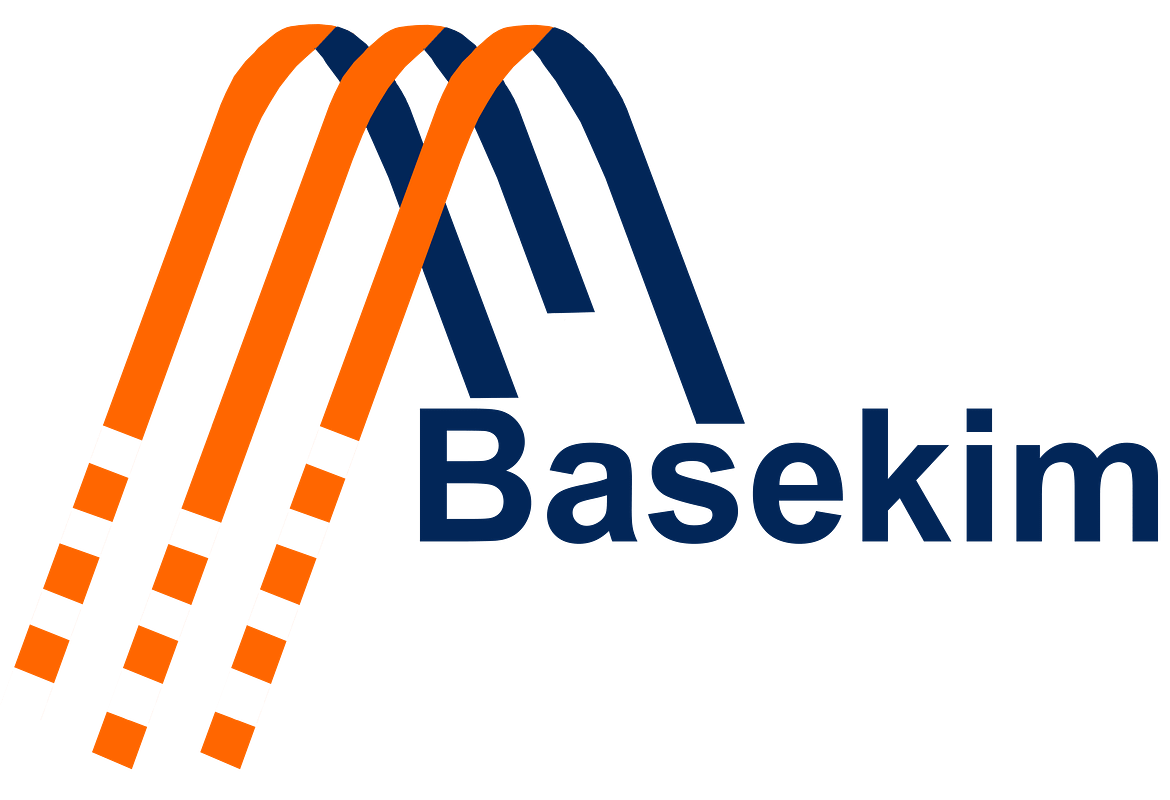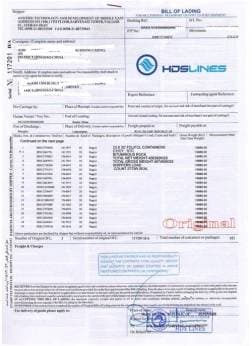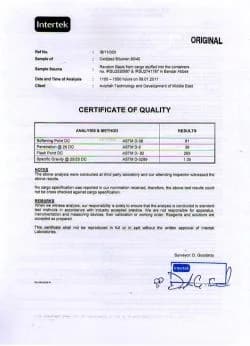Bitumen RC800 – High-Viscosity Rapid Curing Binder for Extreme Road Conditions
Bitumen RC800 is a premium, high-viscosity rapid-curing cutback binder engineered for projects where strength, durability, and speed of application must all be delivered together. Unlike lighter RC grades, RC800 cutback bitumen provides slightly more working time while still allowing roads to reopen quickly. This balance of controlled rapid curing and deep penetration makes it the preferred choice for highways, ports, industrial pavements, and heavy-load areas where downtime cannot be tolerated.
Technical Profile of RC800
RC800 belongs to the rapid-curing (RC) cutback family defined under ASTM D2028 and AASHTO M82. It typically exhibits a viscosity at 60°C of 800–1600 cSt, residue by distillation of 65–75%, penetration of residue at 25°C between 60–90 dmm, ductility above 75 cm, and a flash point over 40°C. These properties reflect its engineering design: high viscosity for full aggregate coating, extended curing time compared to RC30 and RC70, and a resilient binder film that resists stripping, deformation, and moisture damage under heavy loads.
Why RC800 Stands Out
Bitumen RC800 offers several distinct advantages. Its high viscosity ensures complete coating and penetration of dense aggregates before setting, resulting in maximum bonding strength and structural stability. The controlled rapid-curing profile allows contractors more working time than lighter RC grades, making application easier while still meeting deadlines. Once cured, the binder provides exceptional load-bearing performance, withstanding trucks, container haulers, and industrial machinery. It also excels in moisture-prone environments such as coastal and tropical regions, where it maintains adhesion even under water stress. From deserts to humid climates, RC800 cutback bitumen delivers consistent performance and long service life.
Application Domains
Bitumen RC800 is used in some of the most demanding infrastructure projects. For prime coating, it prepares dense road bases for asphalt overlays on motorways, industrial access routes, and port facilities. In surface dressing, it provides a tough, protective seal on heavily trafficked roads, improving skid resistance while preventing water ingress. Industrial pavement reinforcement is another key use, particularly in mining haul roads, container terminals, and logistics hubs, where continuous heavy equipment requires resilient surfaces. RC800 is also applied for preventive strengthening of aging pavements before overlay, extending their service life. Its durability in harsh environments makes it suitable for highways in hot deserts and industrial yards in tropical climates.
Manufacturing and Quality Assurance
Production of Bitumen RC800 follows a strict and controlled process. It begins with premium penetration-grade base bitumen selected for its strength and elasticity. Volatile petroleum distillates are then incorporated to create a blend that cures rapidly but allows workable set time. Temperature-controlled mixing prevents premature solvent evaporation and ensures uniform product quality. Every batch undergoes laboratory testing for viscosity, penetration, flash point, and distillation residue in compliance with ASTM and AASHTO standards. Once quality is verified, the binder is sealed hot in drums, bulk tanks, or IBC containers to maintain its engineered properties until application.
Packaging and International Supply
Basekim supplies RC800 cutback bitumen in packaging formats designed for flexibility and global distribution. Standard steel drums of 185–200 kg net weight are available for general use. Bulk tanker shipments are ideal for large-scale projects requiring continuous supply. IBC containers are suited for industrial and export applications where precise handling is required. All deliveries include Material Safety Data Sheets (MSDS), Certificates of Analysis, and compliance documents, and are shipped under FOB, CIF, or EXW terms through Basekim’s logistics network.
Safety and Handling
Because RC800 contains fast-evaporating solvents, safety precautions are essential. It must be stored in sealed containers in a cool, ventilated area away from open flames and ignition sources. Workers should use gloves, goggles, and protective clothing when handling the binder. Adequate ventilation is required during application in enclosed environments. Transport and storage must follow ADR/IMO standards for petroleum-based materials to ensure compliance and safety.
Frequently Asked Questions (FAQ)
Q1: Can oxidized bitumen replace RC800 in high-load applications? No. Oxidized bitumen is designed for sealing and waterproofing, while Bitumen RC800 is engineered for heavy-load priming and surface dressing.
Q2: How does RC800’s curing compare to oxidized grades? RC800 cures through solvent evaporation within hours or days, while oxidized binders set by cooling and are less flexible.
Q3: Is blending RC800 with oxidized bitumen recommended? Rarely, since their properties and curing mechanisms differ significantly.
Q4: Which product has a longer storage life? Oxidized bitumen stores longer due to its solvent-free composition. RC800 cutback bitumen requires airtight storage to prevent solvent loss and maintain performance.


